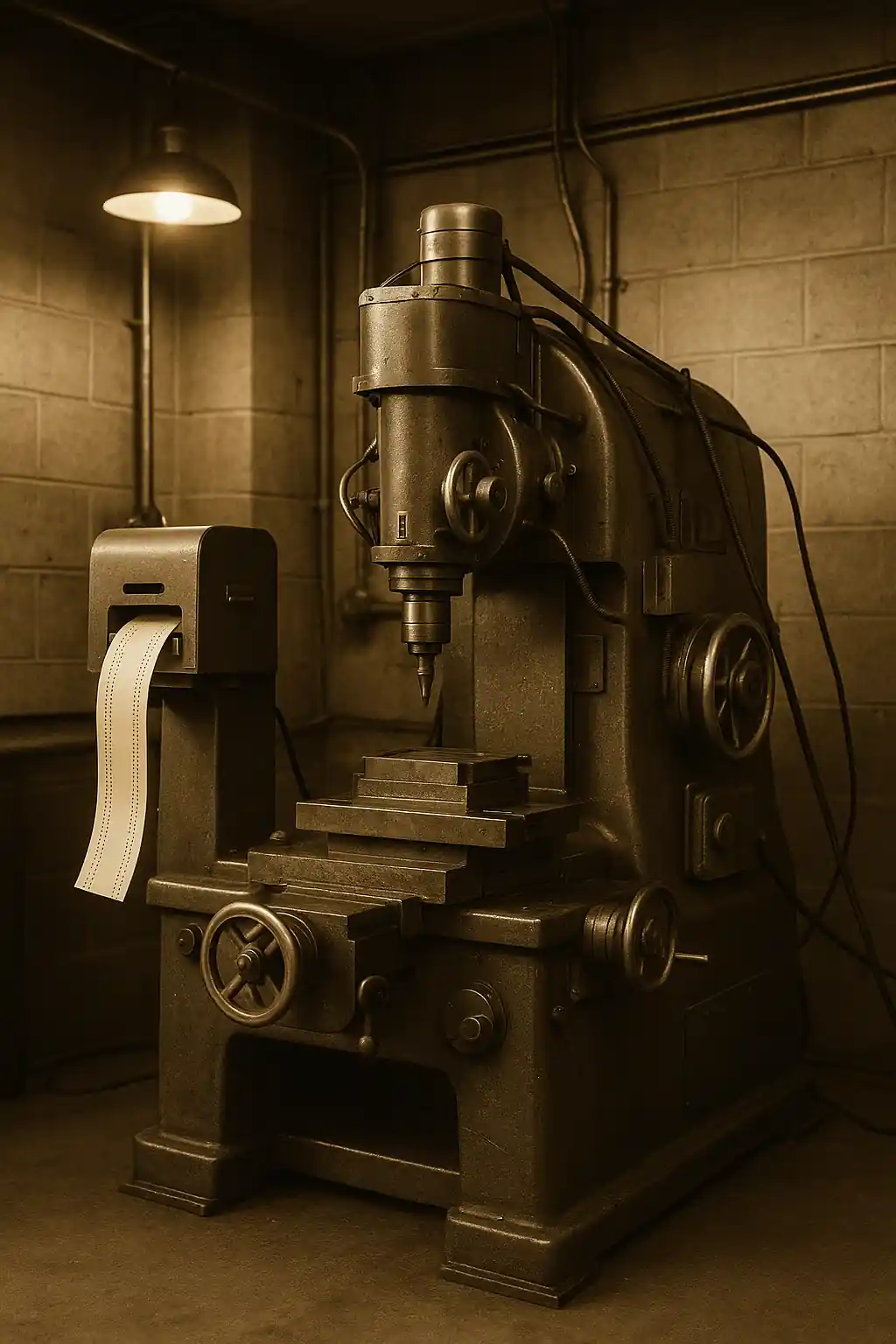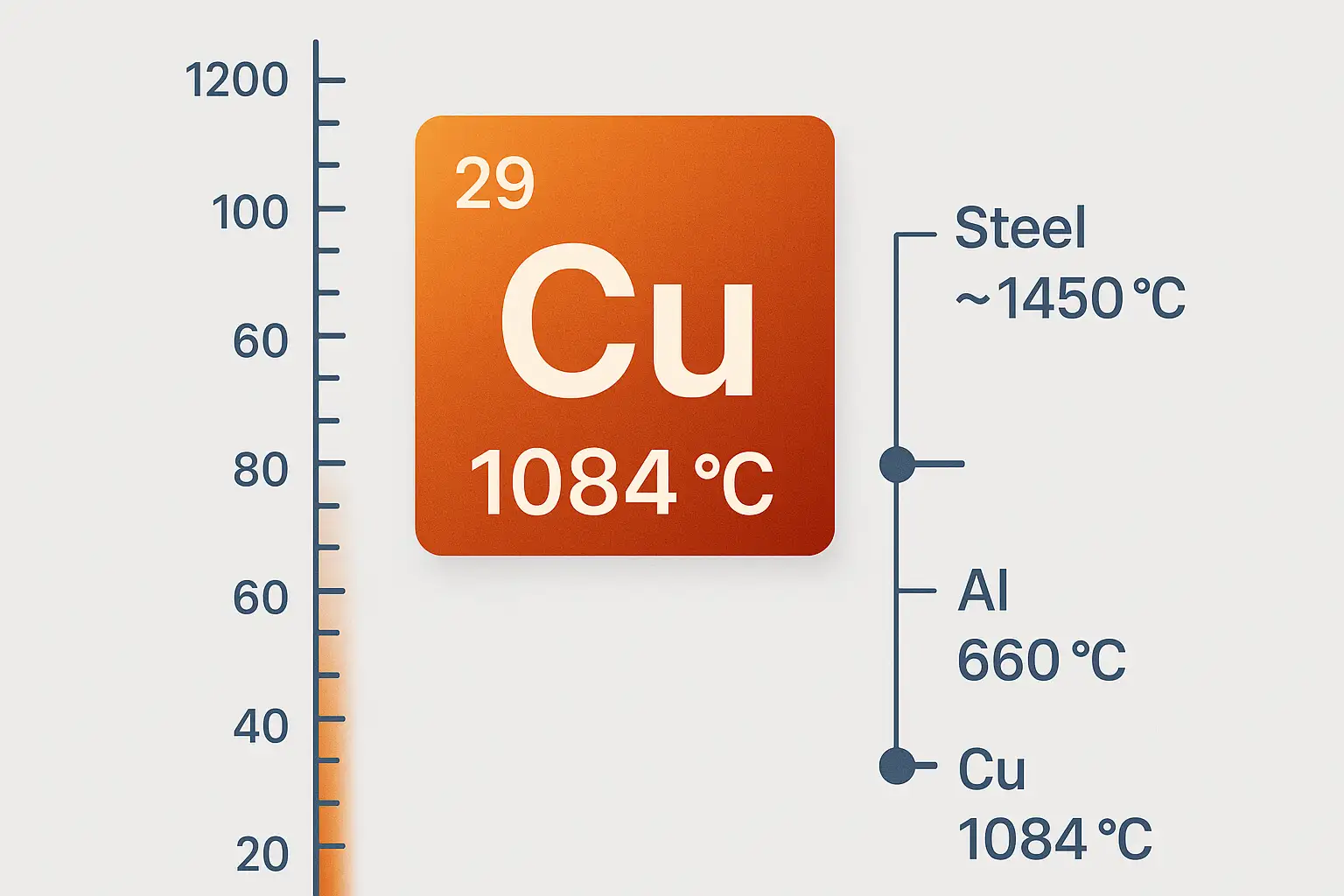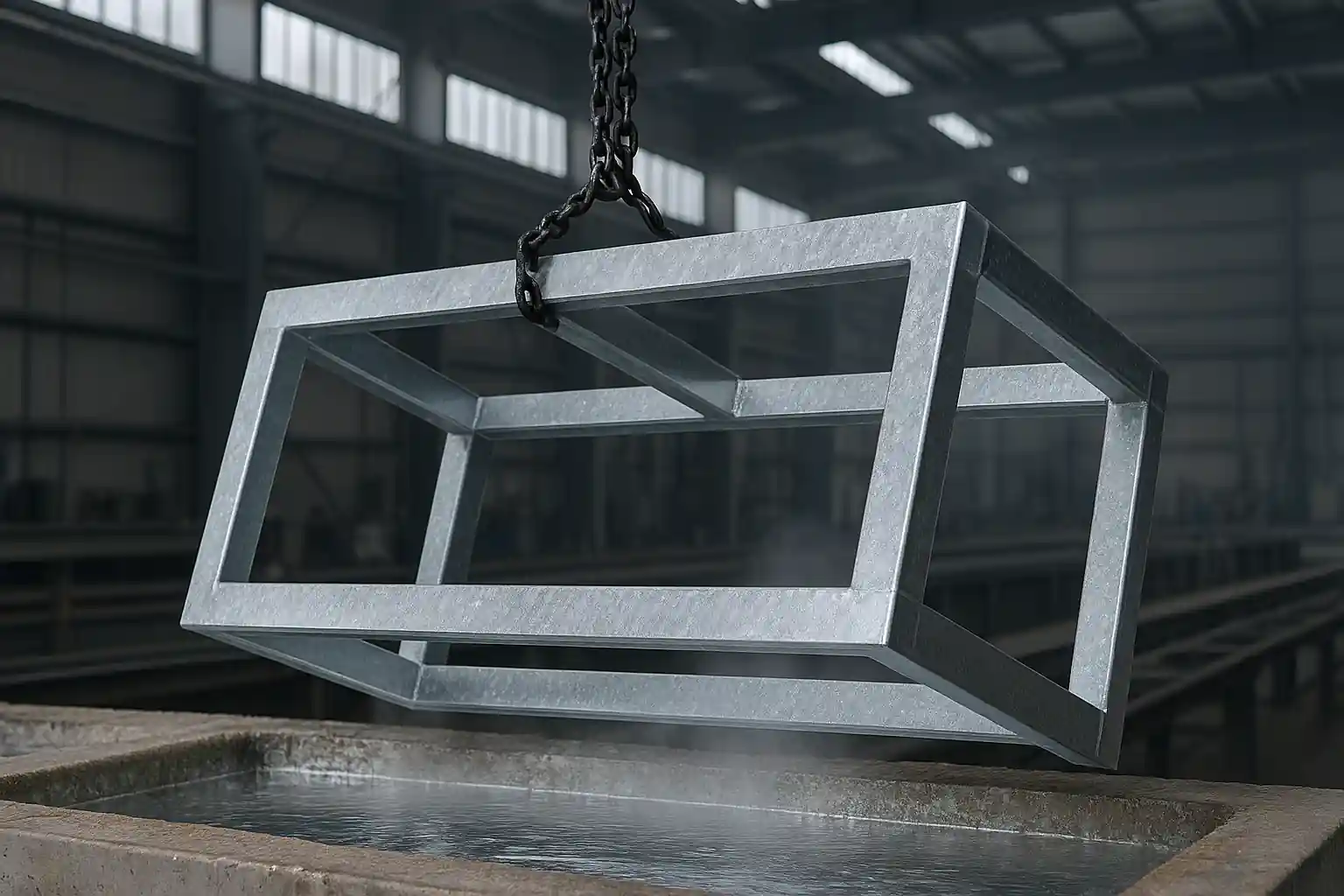In the long river of human manufacturing development, every technological leap has stemmed from the pursuit of higher precision and greater efficiency. From the meticulous craftsmanship of artisans to the steam-powered factories of the Industrial Revolution, and to today’s computer-controlled automated manufacturing, humanity has always sought better ways to produce. Among these, the birth and development of CNC (Computer Numerical Control) machining technology is undoubtedly one of the most profound revolutions to impact modern manufacturing in the last century.
This article will guide you through the complete history of CNC machining, from the first clumsy but groundbreaking NC machine to its deep integration with Industry 4.0 today, and explore how CNC machining technology has evolved step by step to become the cornerstone of modern industry.
1.The Birth of NC: The Era of Punched Tape (1940s-1950s)
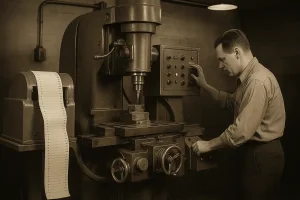
Historical Background:
Following World War II, the aerospace industry entered a period of rapid growth. Aircraft designs became increasingly complex, and there was an especially pressing need for a manufacturing method for parts with intricate curved surfaces, such as rotor blades, propellers, and turbine blades. Traditional manual operations and mechanical controls could no longer meet the demands for precision and efficiency, and this immense manufacturing challenge pushed the industry to seek a brand new solution.
Key Events:
It was against this backdrop that a groundbreaking concept was born. In 1949, with funding from the U.S. Air Force, engineers at the Massachusetts Institute of Technology (MIT), inspired by John T. Parsons’ idea of “programming machines with punched tape,” began intensive research and development. To put it simply, punched tape was a medium for storing data and instructions. Small holes punched into a long strip of paper tape would be read by a machine, and each hole or combination of holes represented a specific command for controlling the machine’s movements. After years of hard work, they successfully developed the world’s first three-axis numerical control milling machine in 1952. Although the machine was cumbersome, it marked the official birth of numerical control technology, and from then on, “code” began to replace “human hands” in controlling machine tools.
Technological Limitations:
Early NC (Numerical Control) technology, while achieving automation, had significant drawbacks due to the hardware limitations of the time. The process of creating punched tape was complex and prone to errors, and any minor modification required creating a whole new tape. This made programming and maintenance very difficult, which severely limited the widespread adoption of NC technology.
2. The Rise of CNC: Controller Innovation and Functional Expansion (1960s-1980s)
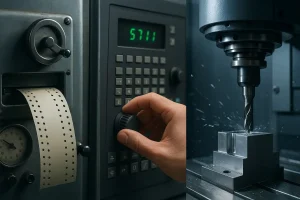
The Turning Point:
With the development of integrated circuits and microprocessors, CNC technology experienced a true leap forward. By the late 1960s, computer technology was integrated into the control systems of machine tools. This evolved the NC system, which relied on punched tape, into CNC (Computer Numerical Control), which relied on internal computer programs. Computers could not only store programs but also perform calculations and modifications internally, which greatly increased flexibility and efficiency.
Programming Standardization:
To better utilize the powerful features of CNC, new programming languages were created. The emergence of high-level programming languages like APT (Automatically Programmed Tools) made it easier for engineers to write complex programs, paving the way for the widespread application of numerical control technology.
Equipment Evolution:
The rise of CNC technology also brought about significant innovation in machine tools themselves. In the late 1950s, the machining center with an automatic tool changer was developed. This machine could automatically switch between various tools like end mills and drills, integrating multiple processes such as milling, drilling, and tapping into a single machine, which further reduced manual labor and dramatically increased production efficiency.
3.Integration with Smart Manufacturing: CAD/CAM and Industry 4.0 (1990s-Present)
Software Integration:
Entering the 1990s, computer technology advanced by leaps and bounds. The maturation of CAD (Computer-Aided Design) and CAM (Computer-Aided Manufacturing) software completely changed manufacturing workflows. Designers could complete 3D modeling directly on computers, and the CAM software would automatically generate the CNC code that the machine could understand, achieving a seamless connection from design to manufacturing and significantly shortening product development cycles.
Network Connectivity:
Today, under the wave of “Industry 4.0,” CNC machines are no longer isolated production units. Through IoT (Internet of Things) technology, machines can be networked to enable real-time monitoring and analysis of production data. Cloud computing and big data can then process this information to predict failures, optimize production, and perform remote diagnostics, making CNC machining smarter and more efficient.
Technological Fusion:
Modern CNC technology is no longer limited to traditional milling and turning. It integrates with robotic automation to create unmanned production lines; it combines with additive manufacturing (3D printing) to create hybrid manufacturing processes, making it possible to produce more complex and precise parts.
Looking to the Future: New Trends in CNC Technology
In the future, the development of CNC technology will be even more focused on intelligence and automation. Artificial intelligence (AI) will delve into optimizing machining parameters, predicting tool wear, and controlling quality, leading to a higher level of adaptive machining. Meanwhile, CNC machines will integrate with technologies like AR/VR to provide operators with more intuitive and intelligent interactive experiences.
Conclusion: The Legacy of CNC History and MinHe’s Innovation
Every technological leap in the history of CNC machining has been driven by the pursuit of “better manufacturing.” From the birth of the first NC machine to today’s deep integration with AI and the IoT, CNC technology has been in a constant state of evolution.
As a professional CNC machining service provider, MinHe is a company that deeply understands this history and masters cutting-edge technology. We are dedicated to translating this knowledge into high-quality, precision manufacturing solutions for our clients. No matter how complex your project, we will provide you with the most reliable manufacturing support through our professional CNC expertise. We invite you to contact us and explore the endless possibilities of manufacturing together.
